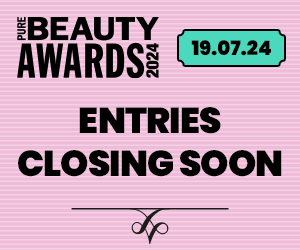Influencer fraud is rife. According to The State of Influencer Marketing Benchmark Report 2022, 49% of Instagram influencer accounts were impacted by fraud in 2021. That’s nearly half.
More than 50 million people globally now consider themselves content creators, and the market size has grown to well over US$104bn.
Given brands are spending more than ever on influencer marketing, they need to be savvy enough to spot influencer fraud and to know what they can do about it.
What is influencer fraud?
Influencer fraud can take many forms, but most common is the use of artificial means to boost influencer following.
Traditionally this was by way of paying third parties to follow accounts, like posts and comment. Individuals (often in developing countries) were employed on so-called ‘click farms’ to engage with content.




